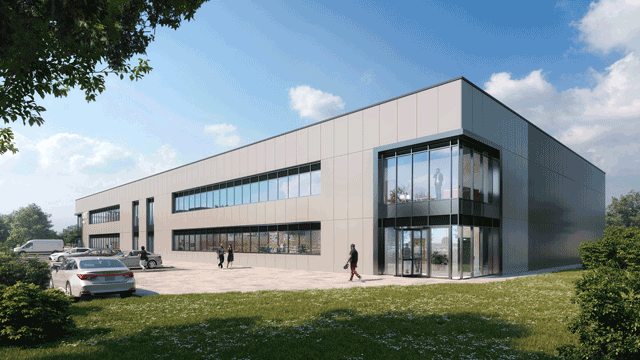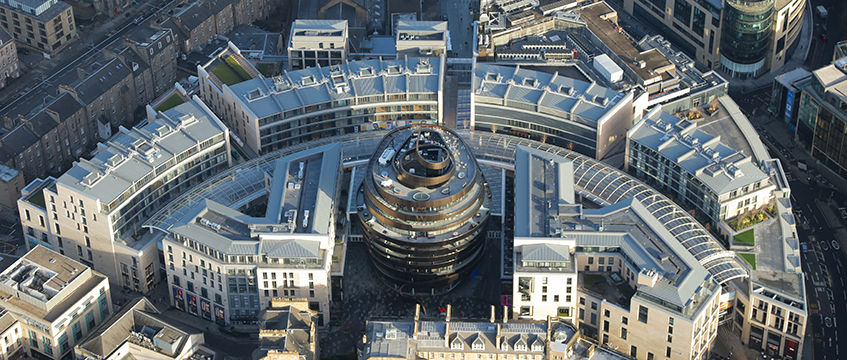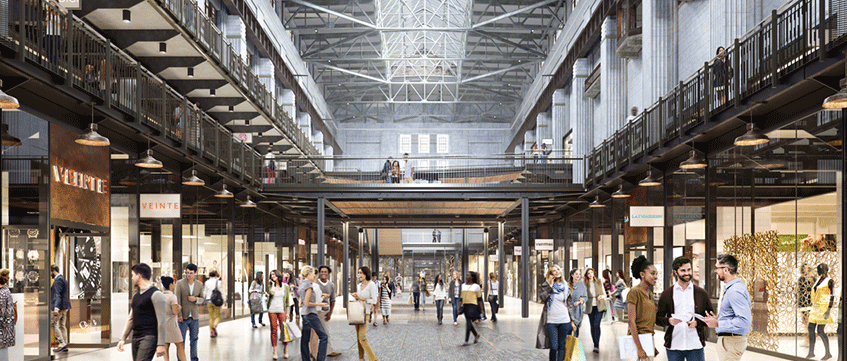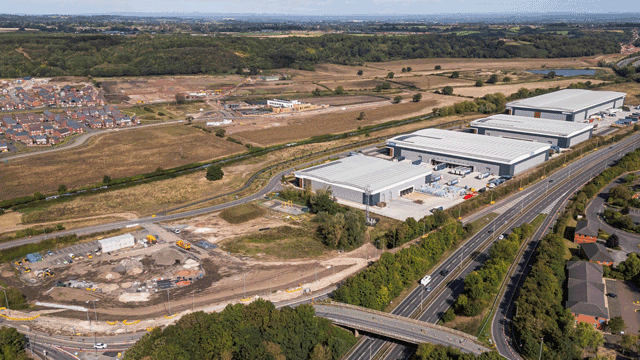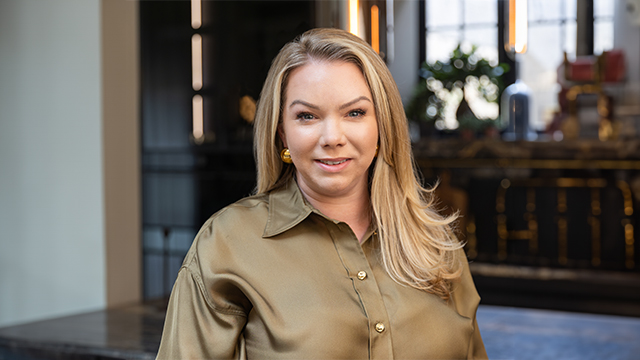EDITOR’S COMMENT In the depths of the pandemic, for a bit of fun I started a tally. How often did the boardroom bosses of the largest real estate companies use the word “unprecedented” in their results statements for 2020?
The word, by the time I was counting in mid-2021, was already a Covid cliché. Everything was unprecedented – the challenges posed by the pandemic, the response of companies to those challenges, the opportunities for growth as a recovery appeared on the horizon. (For the record, IWG used the word the most – seven times. You can find the runners-up here.)
I was reminded of that this week, when news editor Pui-Guan Man pointed out that chief executives are again talking about market twists and turns the likes of which they haven’t seen before. Are we in yet more uncharted territory?
Specifically, leaders are talking about the chasm in performance opening up between the office investment market, where values are falling and deals being dragged out, and the leasing market where, provided you’re not pitching tenants an absolute car crash of a property, you can probably find plenty of willing takers.
Here’s Landsec’s Mark Allan: “Last year saw the most striking difference in performance between occupational markets and investment markets that I can remember.”
And here’s Gerald Kaye at Helical: “I’ve never seen it before where you had a dramatic decrease in valuations but rents are still rising for the best-in-class space.”
It’s a conundrum but, as with the unprecedented times of Covid, smart real estate owners will find opportunity in the tension. Kaye and colleagues at Helical are now eyeing acquisitions at prices they couldn’t have dreamt of a year ago. They know they have the ammunition in terms of capex to revamp those buildings and turn them into the kinds of homes corporate tenants want – an attractive headquarters rather than a headstone that reads “here lies the office”.
And make no mistake, occupiers continue to pay more and more for that kind of office – blocks including Helical’s own JJ Mack Building are setting record rents. Rental growth might slow in the short term, Helical says, as rising energy and fit-out costs start to bite for occupiers. But the longer-term outlook remains bright.
Little wonder, then, that the capital has never been so busy with refurbishment schemes. Deloitte’s latest crane survey counted 37 under way as of the end of March, the highest total the firm has found in almost two decades of running the initiative. And with demand for the best spaces continuing to bolster the occupational market, despite uncertain capital values, the development pipeline is chocka. As Sophie Allan, director in real assets advisory at Deloitte, put it: “Developers seem to be cautiously optimistic about the future of London’s development pipeline.”
As the market shifts, even the most established players are pivoting and rethinking their approach. This week, GPE said it is doubling down on its commitment to its flexible office offering and now reckons it can have 1m sq ft of space across its portfolio by 2028.
In that business too, rents are rocketing and tenants tripping over themselves to snap up space as they rethink their footprint. For GPE, as with others, a fall in capital values is clear, but trading is strong and leasing robust in both its traditional HQ business and the relatively new flex division.
GPE has shown a willingness to change its strategy as the market moves (more on which coming soon in EG). It’s an attitude like that which will help real estate names large and small adapt to, dare I say it, yet more unprecedented times ahead.
To send feedback, e-mail tim.burke@eg.co.uk or tweet @_tim_burke or @EGPropertyNews






